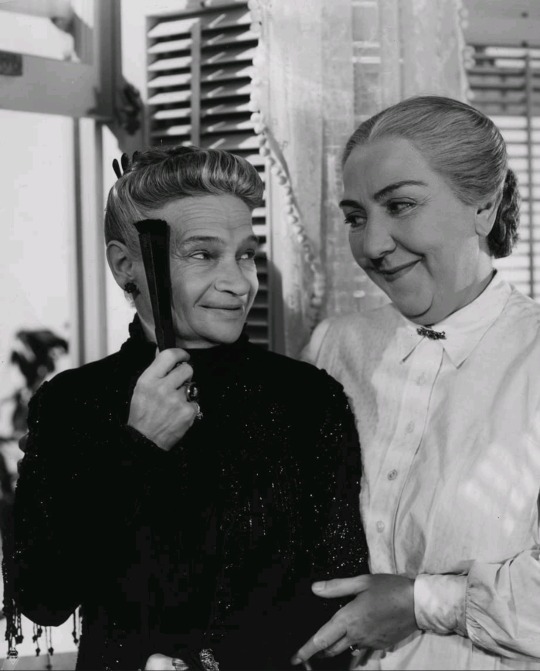#Ilka Grüning
Text
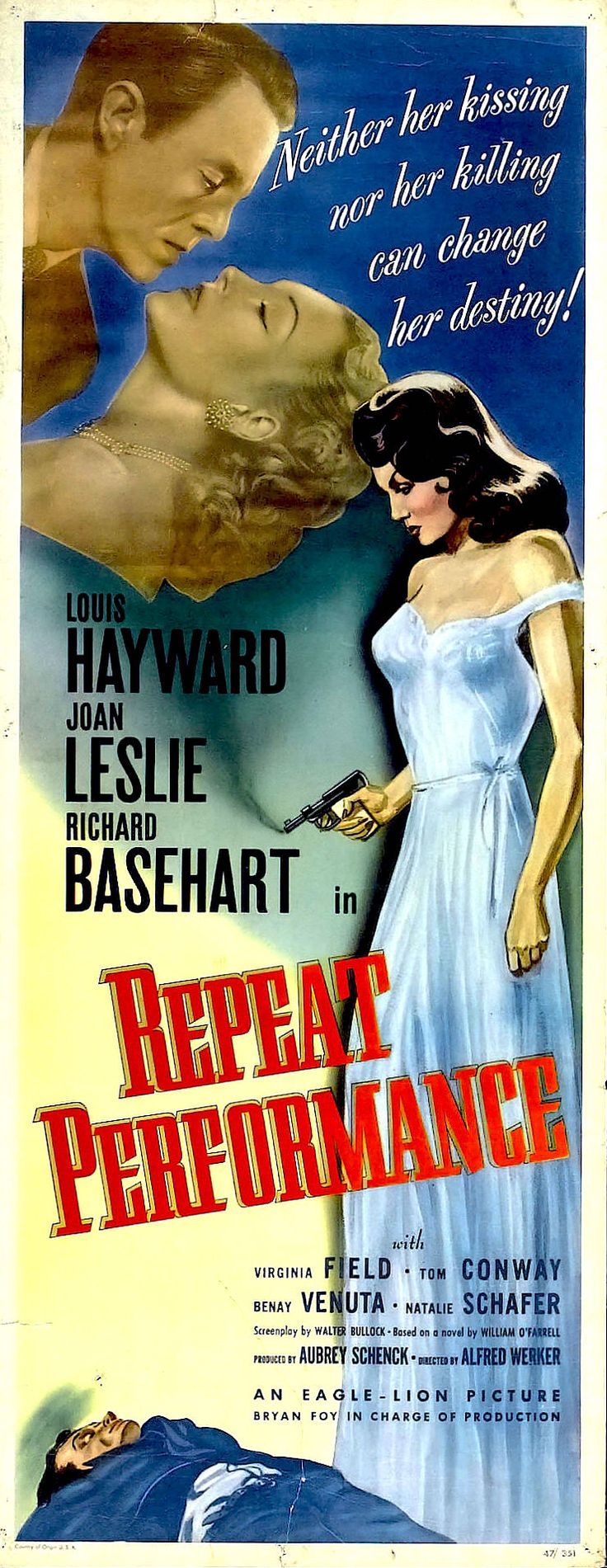
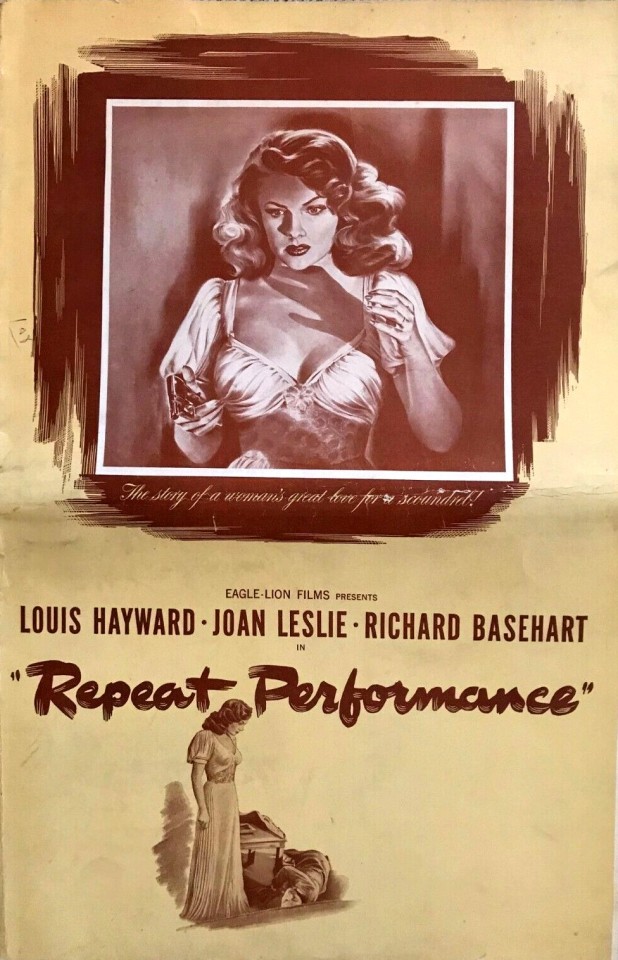
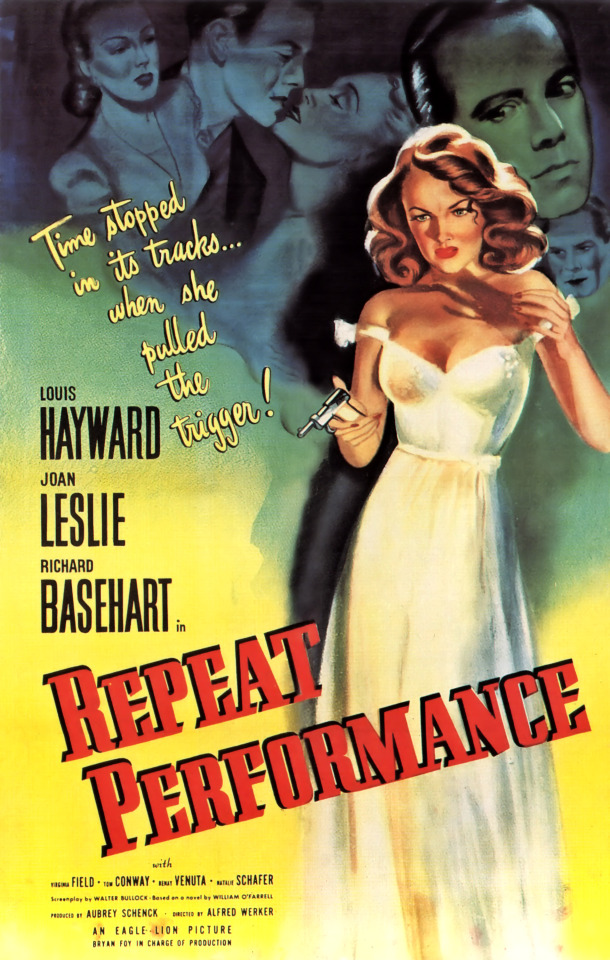
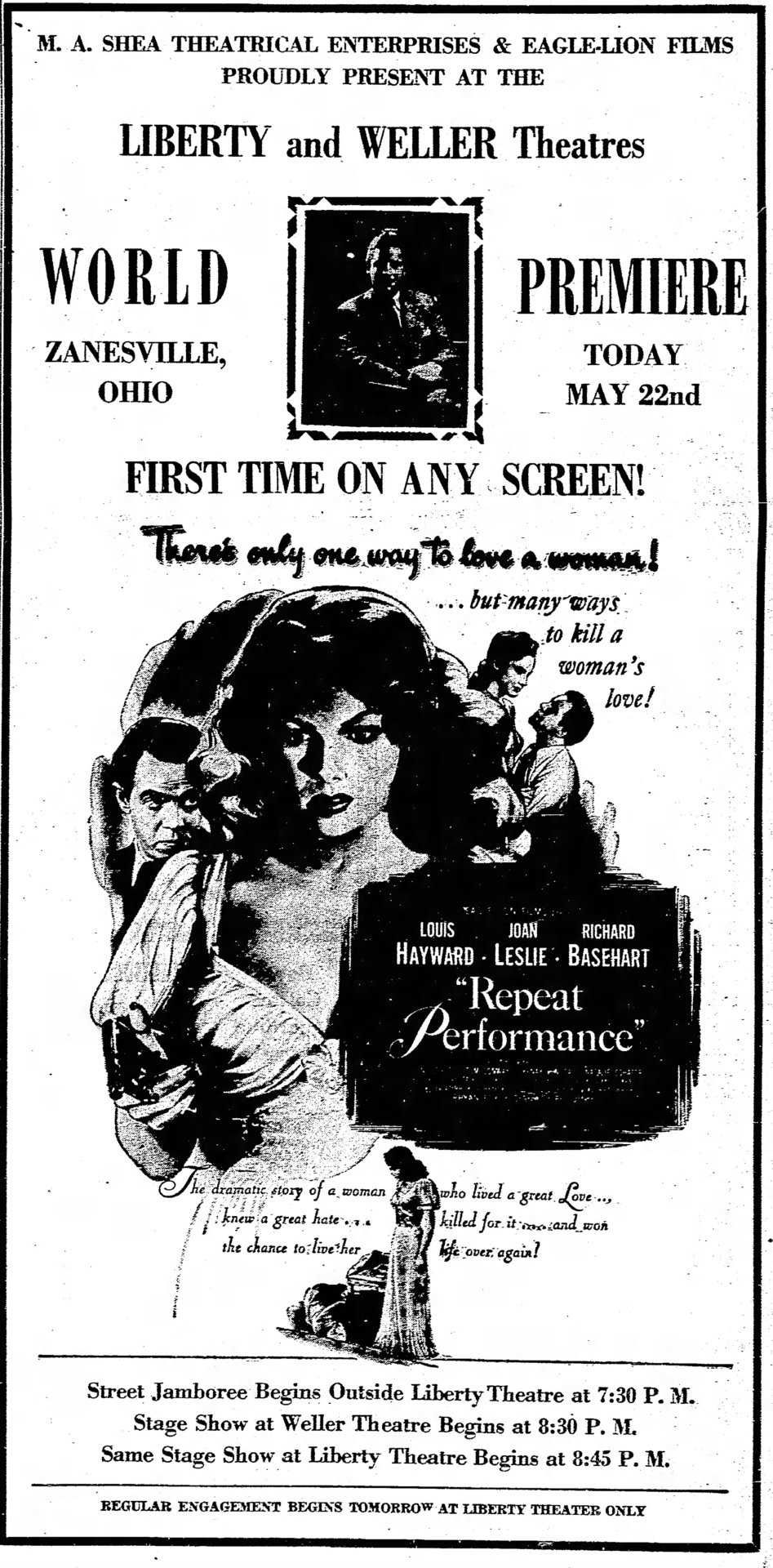
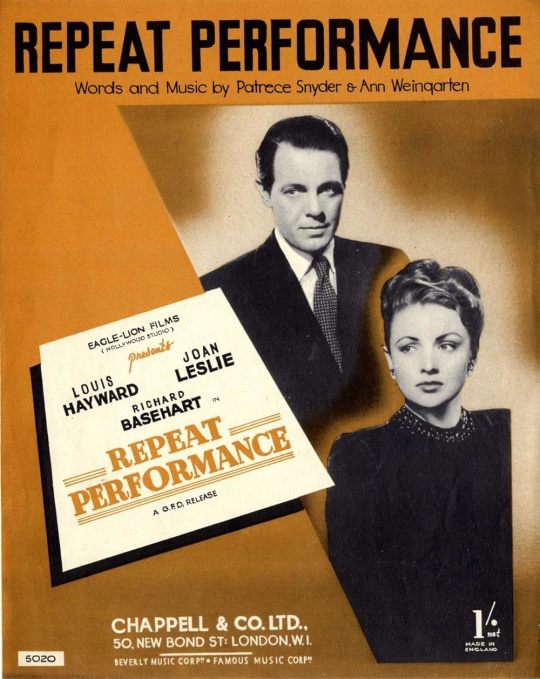
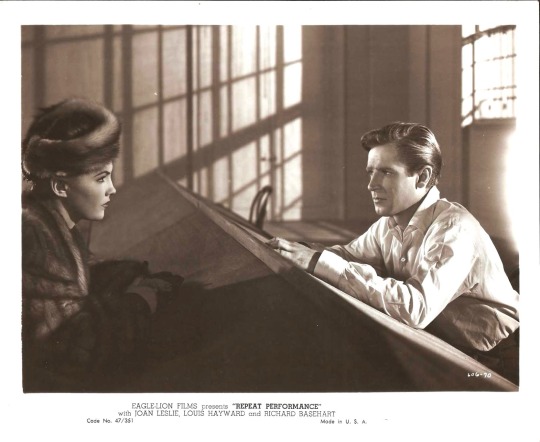

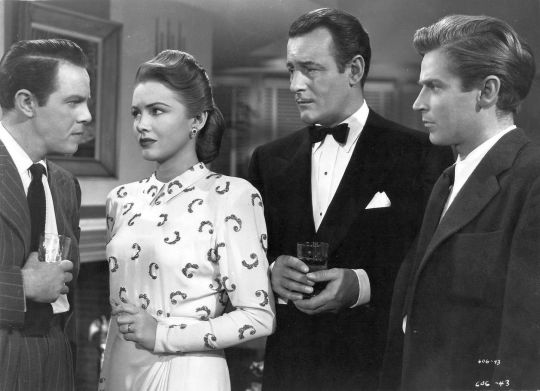


Repeat Performance (1947) Alfred L. Werker
December 13th 2023
#repeat performance#1947#alfred l. werker#joan leslie#louis hayward#tom conway#virginia field#richard basehart#benay venuta#natalie schafer#Ilka Grüning
10 notes
·
View notes
Photo

Humphrey Bogart, Madeleine Lebeau, and Leonid Kinskey in Casablanca (Michael Curtiz, 1943)
Cast: Humphrey Bogart, Ingrid Bergman, Paul Henreid, Claude Rains, Conrad Veidt, Sydney Greenstreet, Peter Lorre, S.Z. Sakall, Madeleine Lebeau, Dooley Wilson, Marcel Dalio, Joy Page, John Qualen, Leonid Kinskey, Curt Bois. Screenplay: Julius J. Epstein, Philip G. Epstein, Howard Koch, based on a play by Murray Burnett and Joan Alison. Cinematography: Arthur Edeson. Art direction: Carl Jules Weyl. Film editing: Owen Marks. Music: Max Steiner.
Even though she was never a major star, the death of Madeleine Lebeau in 2016, at the age of 92, was widely reported because she was the last surviving member of the cast of Casablanca. Lebeau played Yvonne, the Frenchwoman with whom Rick Blaine (Humphrey Bogart) has been having an affair. When he breaks off their relationship coldly, she comes to his cafe on the arm of a German officer to spite him, but when the crowd starts singing the "Marseillaise" to drown out the Germans' singing of "Die Wacht am Rhein," Yvonne, tears streaming down her face, joins in. It's one of the many character vignettes that make Casablanca so entertaining. The film is filled with people who have nothing at all to do with the main plot: the choice Rick has to make whether to renew his old affair with Ilsa Lund (Ingrid Bergman) or let her leave Casablanca with her husband, Victor Laszlo (Paul Henreid). But if the movie simply focused on that love triangle, would it be the classic that it appears today to be? What makes Casablanca such an enduring film, I think, is the texture of its screenplay, which won Oscars for Julius J. Epstein, Philip G. Epstein, and Howard Koch. And that texture is provided by the character players to whom somehow the writers managed to give abundant time. The result is such memorable bits as the one in which the waiter, Carl (S.Z. Sakall), sits down at a table with an elderly couple, the Leuchtags (Ilka Grüning and Ludwig Stössel), who have just received the visas they need to immigrate to the United States. Carl speaks German to them at first, but the Leuchtags insist that they should speak English so they will fit in when they reach America. Then Herr Leuchtag turns to his wife and asks what time it is:
Liebchen -- sweetness -- what watch?
Ten watch.
Such much?
Carl assures them, "You will get along beautiful in America." Has there ever been a movie more quotable? It is, of course, a great movie, largely because everyone took the time to weave such moments into its fabric. I don't claim perfection for it: The subservience of Sam to Rick, whom he calls "Mr. Rick" or "Boss," smacks of the racial attitudes of the era, and I wince when Ilsa refers to Sam as "the boy." (Dooley Wilson was in his 50s when the film was made.) James Agee, who was not as impressed with Casablanca as many of his contemporaries were, derided some of the expository dialogue, such as Ilsa's plea, "Oh, Victor, please don't go to the underground meeting tonight." But it continues to cast a spell that few other films have ever equaled.
9 notes
·
View notes
Photo

Filmoteca: Semana de Georg W. Pabst FILMOTECA dedica su programación de esta semana a uno de los realizadores esenciales del cine alemán: GEORG. W. PABST. Georg Wilhelm Pabst (1885-1967) nació en el hoy extinto imperio Austrohúngaro. Llevó a cabo su obra en el cine alemán y comenzó su carrera en los años 20 dentro del marco del expresionismo para luego derivar en otras direcciones. Interesado en el realismo y la profundidad psicológica de sus personajes, se movía con comodidad en un ambiente de erotismo decadente, gustoso de generar algún que otro escándalo. Filmó a las mujeres como nadie, trabajando con divas de la talla de Brigitte Helm y, sobre todo, Louise Brooks, quien ya era una estrella en los EE.UU. pero, a su llegada a Alemania, Pabst la volvió inmortal. Programación: Lunes 9 de septiembre: “MISTERIOS DE UN ALMA” (1926) de GEORG W. PABST, con Werner Krauss, Ruth Weyher, Ilka Grüning, Jack Trevor, Hertha von Walther. Martes 10 de septiembre: “EL AMOR DE JEANNE NEY” (1927) de GEORG W. PABST, con Brigitte Helm, Édith Jéhanne, Uno Henning, Fritz Rasp. Miércoles 11 de septiembre: “CRISIS” (1928) de GEORG W. PABST, con Brigitte Helm, Gustav Diessl, Hertha von Walther, Jack Trevor, Fritz Odemar. Jueves 12 de septiembre: “LULU O LA CAJA DE PANDORA” (1928) de GEORG W. PABST, con Louise Brooks, Fritz Kortner, Francis Lederer, Carl Goetz, Krafft-Raschig, Alice Roberts, Gustav Diessl. Vienes 13 de septiembre: “DIARIO DE UNA PERDIDA” (1929) de GEORG W. PABST, con Louise Brooks, André Roanne, Josef Rovenský, Fritz Rasp, Vera Pawlowa. https://ift.tt/2A0Dm2P
1 note
·
View note
Photo
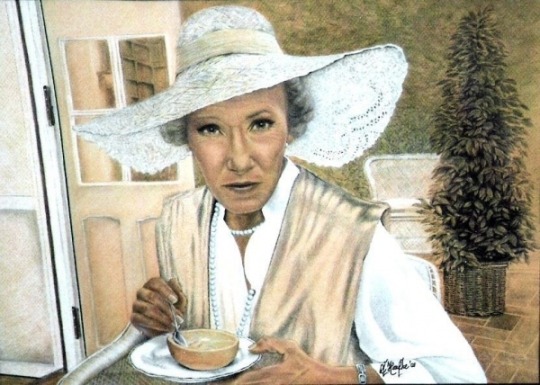

Brigitte Horney (* 29. März 1911 in Dahlem (heute Berlin); † 27. Juli 1988 in Hamburg-Eppendorf) war eine deutsch-amerikanische Schauspielerin (Theater und Film) und Hörspielsprecherin.
In den dreißiger Jahren wohnten im damaligen Potsdamer Star-Viertel Babelsberg Filmberühmtheiten wie Brigitte Horney und Lilian Harvey.
Keine Chance hatte Goebbels bei Brigitte Horney. Sie sei "kalt wie eine Hundeschnauze", soll er sich über sie beklagt haben. "Ich verstehe ihre Popularität nicht." Brigitte Horney schützte schon ihre Herkunft davor, sich bei den Nazis anzudienen. Ihr Vater war Direktor beim Stinnes-Konzern, ihre Mutter die später weltbekannte Psychoanalytikerin Karen Horney. Brigitte Horney war 27, als sie sich in Neubabelsberg niederließ. Vom Juni 1938 bis zum Mai 1939 kaufte sie in drei Etappen ein traumhaftes, insgesamt 9417 Quadratmeter großes Grundstück von dem Textilienhersteller Fritz Gugenheim und dessen Sohn Hans.
Die Horney residierte standesgemäß. Wenn Gäste kamen, wurde von vergoldetem Geschirr gespeist, das ihr ein Scheich bei Dreharbeiten in Nordafrika geschenkt hatte. Ihre schwedische Kollegin Zarah Leander lästerte nach einer Einladung: "Bei der Horney ißt man von vergoldeten Tellern, aber das Essen schmeckt nicht besonders." Horney profitierte zwar vom NS-Regime, doch sie war keine Nationalsozialistin. Endgültig auf Distanz zum Dritten Reich brachte sie das Schicksal ihres Filmpartners und Freundes Joachim Gottschalk.
Zu ihren Mitschülerinnen bei Ilka Grüning gehörten unter anderem auch Inge Meysel und Lilli Palmer. Horney bewunderte Meysel, mit Lilli Palmer war sie zeit ihres Lebens freundschaftlich verbunden.
In ihren Rollen verkörperte Horney meist starke Frauen. Obgleich sie während des Nationalsozialismus als junge Darstellerin etliche Erfolge feiern konnte, versuchte sie ihre Unabhängigkeit zu wahren und setzte sich für bedrohte Kolleginnen und Kollegen ein. So war sie bereit, für den von den Nazis wegen der Ehe mit einer Jüdin mit Schauspielverbot belegten Kollegen Joachim Gottschalk in die Schweiz zu fliegen, um für diesen ein Engagement einzuholen, während andere Kollegen zur Scheidung rieten. Als Horney nach den Verhandlungen mit dem Theater zurückkehrte, erfuhr sie vom Selbstmord der Familie Gottschalk und nahm unter anderen mit ihrem Mann sowie mit den Schauspielkollegen Gustav Knuth, René Deltgen und Werner Hinz und weiteren Freunden an der Beisetzung teil, trotz der Anweisung von Goebbels, sich als Prominenter von dieser fernzuhalten.
Darüber hinaus unterstützte sie die jüdische Vermieterin ihrer norwegischen Freundin Gerd Høst-Heyerdahl in Berlin und pflegte Kontakt zu Carl Zuckmayer im Exil. In ihrer Villa in Neubabelsberg, die sie im Zuge der Arisierung 1939 erworben hatte, beherbergte Horney 1942 Erich Kästner, der dort unter dem Pseudonym Berthold Bürger das Drehbuch für den UFA-Jubiläumsfilm Münchhausen schrieb, in dem Horney 1943 die Zarin Katharina die Große spielte, eine der Hauptrollen.
Nach dem Tode ihrer Mutter 1952 zog Brigitte Horney nach Boston, USA, um deren Lebenswerk und deren Poliklinik weiterzuführen. 1953 wurde Brigitte Horney amerikanische Staatsbürgerin. Sie war in erster Ehe mit dem Kameramann Konstantin Irmen-Tschet und in zweiter Ehe mit dem Kunsthistoriker Hanns Swarzenski verheiratet.
In ihren letzten Lebensjahren wurde sie vor allem im deutschen Fernsehen zum Publikumsliebling, so als Tante Polly in der deutsch-kanadischen Kinder- und Jugendserie Die Abenteuer von Tom Sawyer und Huckleberry Finn, in Jakob und Adele neben Carl-Heinz Schroth oder in der Titelrolle als Teufels Großmutter. Kurz vor Ende der Dreharbeiten zur zweiten Staffel der Serie Das Erbe der Guldenburgs verstarb die 1986 an Krebs erkrankte Schauspielerin an den Folgen dieser Erkrankung. Sie erlag einem Herzschlag. Da Brigitte Horney eine tragende Rolle in der Serie gespielt hatte, musste das Drehbuch zur dritten Staffel komplett umgeschrieben werden. Ihr Grab befindet sich auf dem Friedhof der bayerischen Gemeinde Wielenbach im Ortsteil Wilzhofen.
Ihr schriftlicher Nachlass befindet sich im Archiv der Akademie der Künste in Berlin.
0 notes
Text
Geheimnisse einer Seele (original title)
Middle-aged chemistry professor Martin (Werner Krauss) suffers a traumatic psychological break when a murder occurs next door while he is trimming his young wife’s hair. Soon after, Martin is possessed by images of murdering his wife (Ruth Weyher) with sharp objects. When he is then beset by fearful, inexplicable nightmares and paranoia, he consults renowned psychiatrist Dr. Orth. After pouring over details of Martin’s dreams, Orth struggles to get to the root of his patient’s disturbance.
Director: G. W. Pabst
Producer: Hans Neumann
Stars: Werner Krauss, Ruth Weyher, Ilka Grüning
Secrets of a Soul 1926 Geheimnisse einer Seele (original title) Middle-aged chemistry professor Martin (Werner Krauss) suffers a traumatic psychological break when a murder occurs next door while he is trimming his young wife's hair.
0 notes
Photo
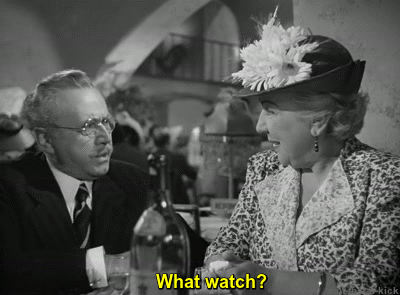


#ludwig stössel#ilka grüning#casablanca#devorzhum#**myedits:gif**#**casablanca#gif warning#**ilkagruning#**ludwigstossel
9 notes
·
View notes
Text

Louis Hayward and Joan Leslie in Repeat Performance (Alfred L. Werker, 1947)
Cast: Joan Leslie, Louis Hayward, Virginia Field, Tom Conway, Richard Basehart, Natalie Schafer, Benay Venuta, Ilka Grüning. Screenplay: Walter Bullock, based on a novel by William O'Farrell. Cinematography: L. William O'Connell. Art direction: Edward C. Jewell. Film editing: Lewis Sackin. Music: George Antheil.
When Repeat Performance ended, I thought, "That was different. I wish it were better." The premise is a good one: the time loop, usually the stuff of sci-fi movies and seldom of noirish melodramas. And who hasn't wished to live a year (or day or week or month) over, knowing what you know now. That happens to Broadway star Sheila Page (Joan Leslie), who shoots her husband, a blocked playwright and alcoholic philanderer named Barney Page (Louis Hayward) just before midnight on New Year's Eve in 1946. She flees into the night, wishing that she had the year that had led up to the shooting to live over again, sure that she could prevent what had just happened. Well, sure enough she can. As New Year's Day arrives, she discovers that it's not 1947 but January 1, 1946 again. And that she's not wearing the nightgown that she threw a coat over when she ran from the apartment, but instead the new party dress she bought for New Year's. Of course, she can't convince anyone else what has happened, though she does manage to interest her Gay Best Friend, the poet William Williams (Richard Basehart), with her story that he's going to meet a woman, Eloise Shaw (Natalie Schafer), who will have him committed to a mental institution. She also knows that in the first 1946 she and Barney went to London where they met a playwright, Paula Costello (Virginia Field), who wrote the play she starred in but also started an affair with Barney. So can the past be course-corrected? Would there be a movie if it could be? What Repeat Performance needs is a somewhat better script and much better actors. Leslie doesn't make Sheila into a credible figure: She's too much the suffering wife and not enough the resourceful woman who rose to the top on Broadway. And Hayward gabbles some of the soap operatic dialogue and never shows us what Sheila saw in Barney in the first place. The best performance in the movie is Basehart, who handles the coded role of the gay man well enough to let the audience glimpse his secret life. To its credit, the screenplay handles the coding well, too, although we never find out why he was committed to the asylum: Something happened in a toy store, it seems, so maybe we're supposed to infer that William was a pedophile rather than gay. (Although in 1946, the two were often regarded as synonymous.) But despite these flaws, Repeat Performance is a watchable, if frustrating, movie.
2 notes
·
View notes
Photo

Ann Sheridan and Ronald Reagan in Kings Row (Sam Wood, 1942)
Cast: Ann Sheridan, Robert Cummings, Ronald Reagan, Betty Field, Charles Coburn, Claude Rains, Judith Anderson, Nancy Coleman, Kaaren Verne, Maria Ouspenskaya, Harry Davenport, Ernest Cossart, Ilka Grüning. Screenplay: Casey Robinson, based on a novel by Henry Bellamann. Cinematography: James Wong Howe. Production design: William Cameron Menzies. Film editing: Ralph Dawson. Music: Erich Wolfgang Korngold.
Fifteen years before the producers of Mark Robson's version of Peyton Place tangled with the enforcers of the Production Code, the producers of Kings Row went through a similar ordeal. Like the Grace Metalious novel on which the later film was based, Henry Bellamann's Kings Row was a sensational picture of small town sordidness and hypocrisy that had to be sanitized against the pecksniffery of the censors. Screenwriter Casey Robinson had to eliminate incest, a gay character, and any hint that the young residents of Kings Row were actually having sex and enjoying it. Robinson's evasions were artful, though sometimes at the expense of the characters: Dr. Tower's murdering his daughter, Cassandra, and then committing suicide seems a little less credible when the incestuous relationship of father and daughter is excised. Still, Kings Row holds up well enough, thanks in large part to solid production values, especially James Wong Howe's cinematography and one of Erich Wolfgang Korngold's best scores. Today, the movie is probably most remembered for giving Ronald Reagan one of his best roles, one that he was so proud of that he borrowed his most famous line from the film, "Where's the rest of me?", as the title of his autobiography. He's well supported by Ann Sheridan, and the cast also includes such always watchable character actors as Claude Rains, Charles Coburn, Judith Anderson, and the hammy but lovable Maria Ouspenskaya. Unfortunately the film's leading role went to Robert Cummings, never the most skillful or charismatic of actors. He's not terrible, but he brings no credibility to the role of Parris Mitchell, supposedly a gifted medical student and amateur pianist. It's this void at the center of the movie that perhaps makes people remember it as a Ronald Reagan film.
0 notes

